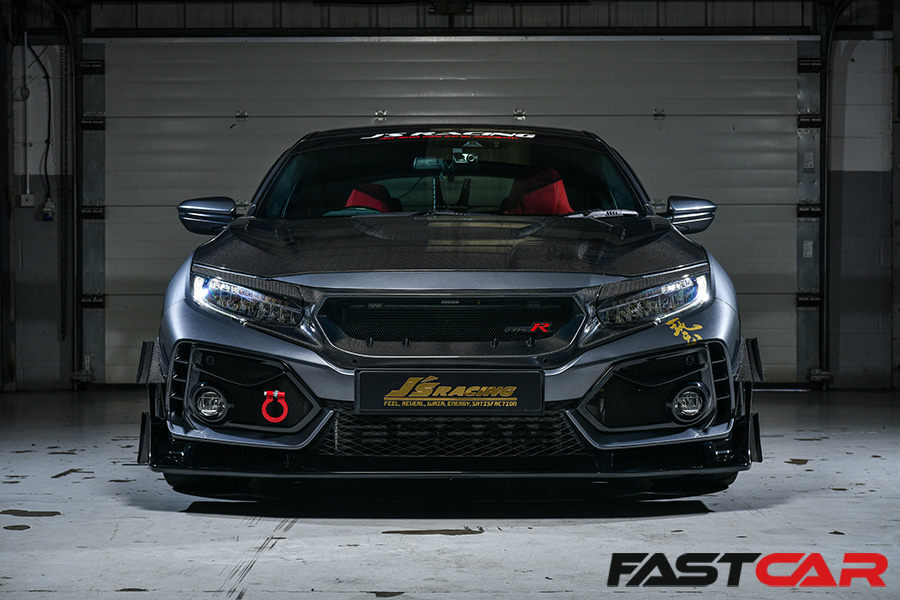Need some inspiration for your own build? Here are the latest Civic Type R tuning trends that we’ve spotted around the car modifying community.
“Racing improves the breed.” Soichiro Honda said that, and it’s a quote that’s been widely spread about the motoring sphere ever since. The classic ‘win on Sunday, sell on Monday’ ethos of Touring Car racing runs along the same lines, but few company figureheads have so concisely captured the spirit of it all as old Mr. Honda. It’s because he walked the walk, he wasn’t just paying lip service. Do you know how he reacted to Honda’s first ever victory in Formula One? In a deadpan tone, with a hint of a smirk, he said: “We will not be content with this victory alone. We will study why we won, and aggressively apply those winning technologies to new cars.”
This is why Honda road cars today are such formidable things – the company works out which bits are operating best at full-tilt on the race track, then shoves it all into their road cars, hidden behind a veneer of sensibleness but always waiting to pounce when the cam profiles shift into the shadowy VTEC zone.
Type R Hondas are the most exciting and engaging result of this. The ‘R’ stands for ‘Racing’, and this is a badge that’s only been glued to a handful of models: the NSX Type R, the DC2 and DC5 Integra, the Accord Type R and Euro-R, and several generations of Civic, which model-number aficionados will know as the EK9, EP3, FN2/FD2, FK2, FK8, and the current FL5. Each generation has its own character, so this trends round-up isn’t focusing on one specific model, but identifying what’s hot in the Civic Type R scene overall.
Latest Civic Type R tuning trends
Custom LED lights
Upgrading your lights to custom LEDs is a trend that’s rife across the whole modifying scene at the moment. And we’re not just talking about swapping out your bulbs – there’s a whole modding subculture dedicated to creating custom headlight and taillight clusters to refresh and update the look of your car, while also improving lighting performance.
There’s a raft of options on the market, and impressively it’s not only for newer models like the FL5 and FK8; we’ve seen EK9s with LED DRLs and bespoke rear clusters, and the same goes for the EP3 and the FD2. It’s a really cool way to contemporize the vibe of the older models, and there’s a growing number of Honda fans jumping on the bandwagon.
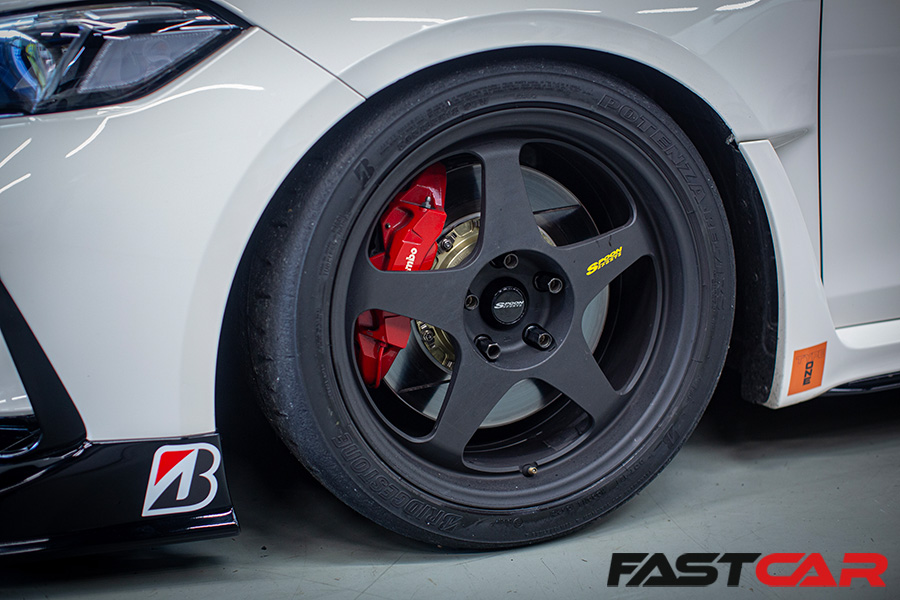
Timeless wheels
It’s tempting to chase the latest fashions and trends, and we’re all for that. The alloy wheel aftermarket has never before offered such choice, such variety, and such opportunities for customization. There are some modern choices that work surprisingly well on unexpected models – the Rotiform BUC-M, for example, looks ace in 19” flavor on an FN2 Civic, it gives it a real Touring Car vibe.
However, the trend we’re seeing these days is for picking something timeless and classy across the generations of Type R; not chasing the latest fashions, but opting for a design that’ll transcend the ages. The Rays VOLK TE37 is a perennially popular option for the EK9, as is the Spoon SW388 – which also looks great on the EP3. And the Enkei RPF1 is a real hero wheel for the Civic Type R – its simple and elegant design suits everything from the EK9 right up to the FL5.
If you need some more advice on which sort of design to go for, our resident wheel expert Elliott has compiled some of his topic picks for every generation of Civic.
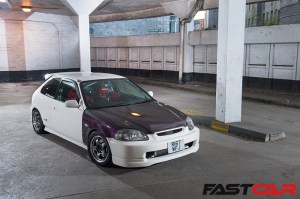
Carbon fiber
There are myriad reasons for fitting carbon fiber facsimiles of OEM parts: they’re light, they’re strong, they’re versatile… but of course the most important reason is that they look awesome. Carbon parts are a real statement of intent, drawing a direct link between your street car and a whole generational legacy of Civic race cars.
You’ll find that the Honda aftermarket for carbon parts is vibrant and bustling. Want a carbon fiber hood? You got it. Carbon fenders? Easy-peasy. Carbon spoilers, flics, canards and other aero stuff? No problem. Check out our very own FN2 project car to see what we mean!
Or, if you’re keen on the look but don’t quite have the budget for legit carbon parts, perhaps you could consider carbon skinning instead.
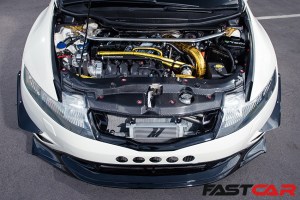
765bhp Turbocharged Honda Civic Type R FN2
Forced induction
Turbos and superchargers can be a bit divisive among Type R fans. From a strictly purist standpoint, the old guard will tell you that VTEC works best with screaming naturally-aspirated motors, which was the whole point of the EK9’s frenetic motor, and that was a line that carried through to the FN2/FD2 era. However, there was always a notable clique who felt that supercharging these engines was a handy way of filling in the power deficit in motors that don’t have a lot of low-down torque, whereas combining the VTEC crossover with a big slug of boost from a turbo offers an entirely different kind of thrill.
Since the FK2, of course, all CTRs have been turbocharged from the factory, and while some fans initially railed against this, it’s actually helped to ease the path of acceptability in converting older Civics to forced induction. And hey, you can’t argue with the numbers.
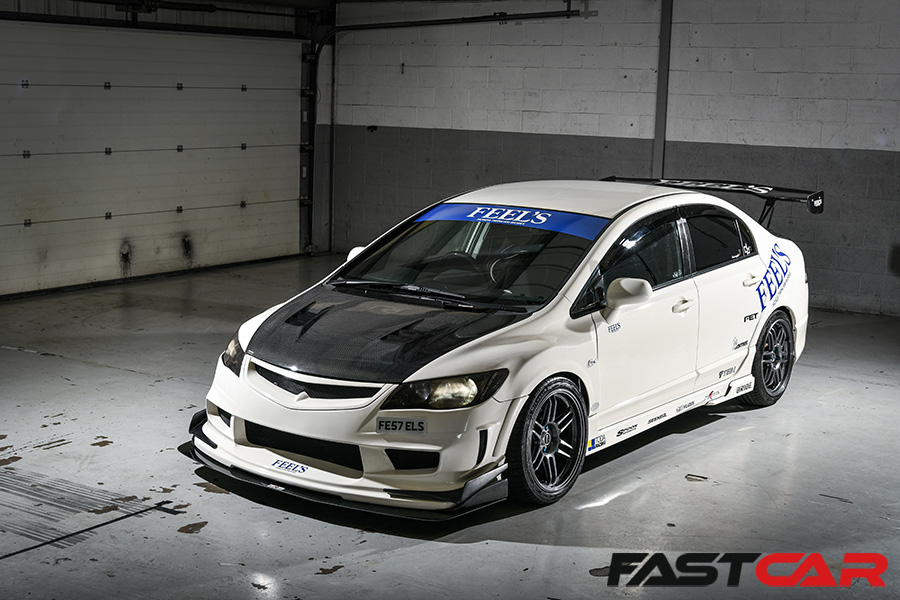
Racer aero
This is a continuation of the aforementioned point about carbon fiber: imbuing your street Civic with the aero from a race car makes a massive statement about how serious you are as a driver.
What’s particularly interesting to note as a contrast is to take a factory-stock EK9 and put it side-by-side with a factory-stock FK2 or FK8. The former is simple, clean, unadorned; the latter essentially look like un-stickered race cars. And so the logic flows that with the later Civics, you can ramp up the factory aero by swapping in ever-bigger and more aggressive parts. We’re seeing this treatment being applied to earlier Civics too, particularly with the EK9 and EP3, and especially in the area of oversized rear diffusers and front splitters. It’s a Time Attack look that you can take to the drive-thru.
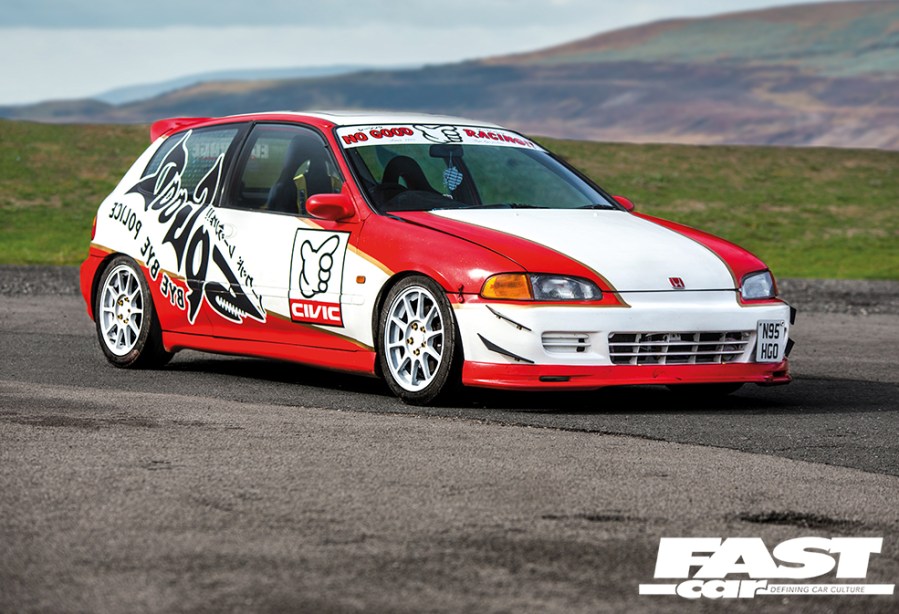
Kanjozoku
When the sun goes down in Osaka, the Kanjozoku come out to play. Shadowy outlaws who hunt in packs in their race-inspired Civics, these reprobates go out of their way to taunt the authorities, thrashing around urban loops at antisocial speeds. B- and D-Series motors howling, raucous exhausts rasping, faces obscured by window nets, living for the moment, living for the night.
Kanjo culture has held Honda enthusiasts in its thrall for decades, and it’s coming back with a vengeance in the 2020s. Touring Car liveries, Group A aero, hyper-developed chassis setup, roll cages and window nets, No Good Racing decals. This flavor of the ’80s and ’90s will always be a core part of JDM Civic culture.

Air Ride
Cat, meet pigeons. For as long as Civics have been tearing up race circuits and carving up backroads, there’s always been one perennial constant: the handling is impeccable straight out of the box, and it can be happily augmented with thicker anti-roll bars and camber adjustability and whatnot – but they stayed static. Traditional coils were a key part of the character.
But we’re seeing that change recently, more prevalently on late-model Civic Type Rs. The technology of air suspension has advanced so much in recent years, and we’re no longer seeing the idea of bagged Civics being shunned and derided; indeed, FK8s on air-ride are becoming a not-uncommon sight on the show scene. It’s not really a thing with the EK9 as such, although the EP3 is a popular platform for air. It’s not just about that racer stance, now there’s hard-parking thrown into the mix.
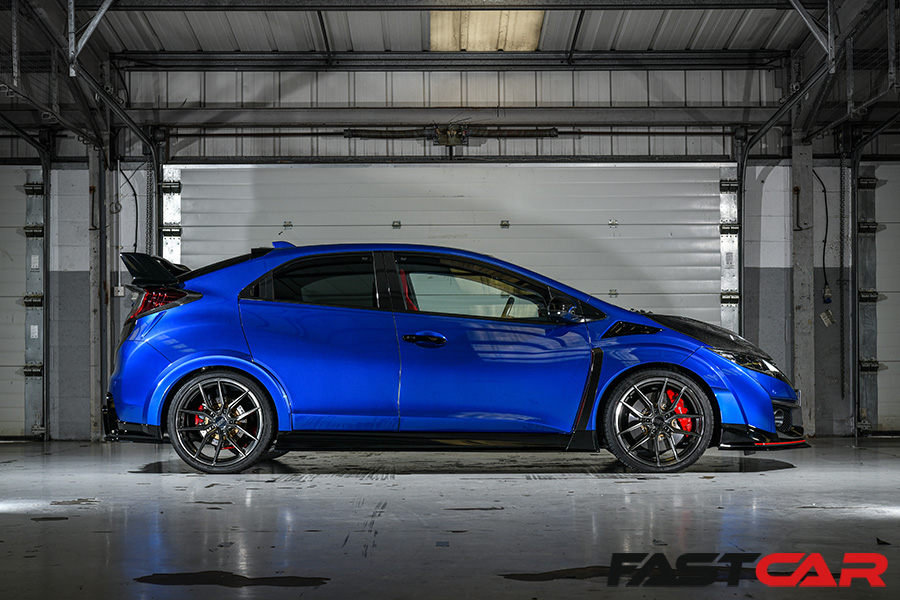
Bright colors
Championship White has always been the signature color of the Type R line. Yes, Civics of various generations have been available in other shades, such as Milano Red, Cosmic Grey, and Nighthawk Black, but it’s been a big thing for a long time to build CTR show cars in the ‘correct’ Championship White – particularly if they were sold in a market where that wasn’t officially available, like UK-market EP3s.
But the color palette is really opening up, thanks in part to Honda themselves offering Boost Blue and the limited-edition Sunlight Yellow with the FK8. It’s opened people’s eyes to the possibilities of experimenting with interesting colorways, be that with paint or a wrap. So now the Civic Type R scene is starting to look like a bag of Skittles. Delicious.
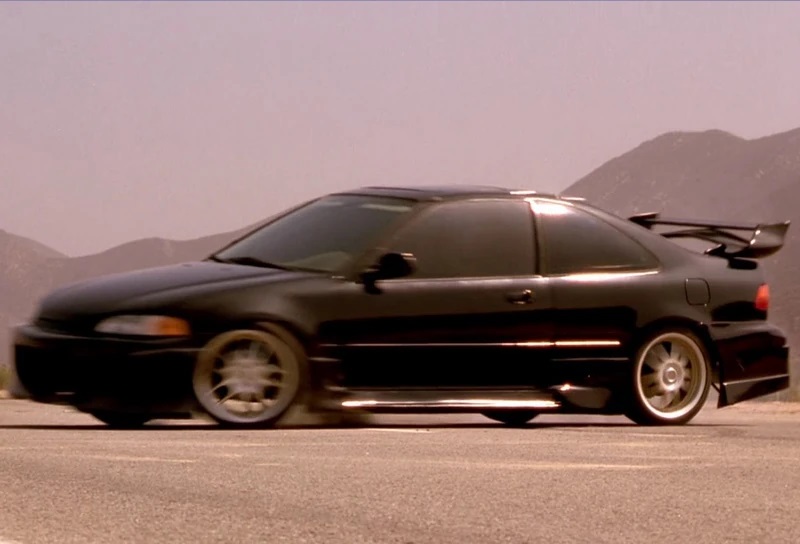
Fast & Furious style
Every time an F&F movie comes out, the scene bristles with movie-car reps, and that’s something which has come back around again after the release of Fast X. There’s a number of different ways you can go – you can channel the pictured stealthy vibe of the EJ1s in the first movie (obviously there was never a Type R coupe, but there’s nothing to stop you building one), or Hector’s gold Veilside-kitted EG, or Danny’s white ViS Racing EJ. Of course, styling a Type R like this isn’t technically authentic as a movie rep, but that’s what makes it all the more attractive to Civic fans. The look is a conversation-starter – a neat little easter egg for the hardcore enthusiasts.
Mini-me models
It’s a fairly obvious fact of life that you can’t drive your car in your house. (Well, maybe the once, but we wouldn’t advise it.) So what a number of people are doing these days is creating a bespoke model of their car so that their pride and joy can take pride of place in the living room.
This happens on a number of scales, and there are countless artisans out there providing inspiration – some are creating bespoke modded cars from 1:18 Otto models, others are doing incredible things with Hot Wheels (as shown above) to give them opening doors and functional lights and so on. And the real badge of honor is to have a scale model that perfectly mimics the real one that’s out there on your driveway.

